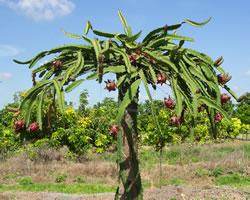




Certifiable food forest gardener, free gardening advice offered and accepted. Permaculture is the intersection of environmentalsim and agriculture.




find religion! church
kiva! hyvä! iloinen! pikkumaatila
get stung! beehives
be hospitable! host-a-hive
be antisocial! facespace




 1
1




"To oppose something is to maintain it" -- Ursula LeGuin




Certifiable food forest gardener, free gardening advice offered and accepted. Permaculture is the intersection of environmentalsim and agriculture.




1. my projects




 1
1








Certifiable food forest gardener, free gardening advice offered and accepted. Permaculture is the intersection of environmentalsim and agriculture.
















Certifiable food forest gardener, free gardening advice offered and accepted. Permaculture is the intersection of environmentalsim and agriculture.




My partner and I, Jessica, are always looking to connect with other like-minded people in the area! Check out our New England permaculture resource site: www.ourpermatrip.com









Certifiable food forest gardener, free gardening advice offered and accepted. Permaculture is the intersection of environmentalsim and agriculture.








Brenda
Bloom where you are planted.
http://restfultrailsfoodforestgarden.blogspot.com/




 1
1





| I agree. Here's the link: http://stoves2.com |






